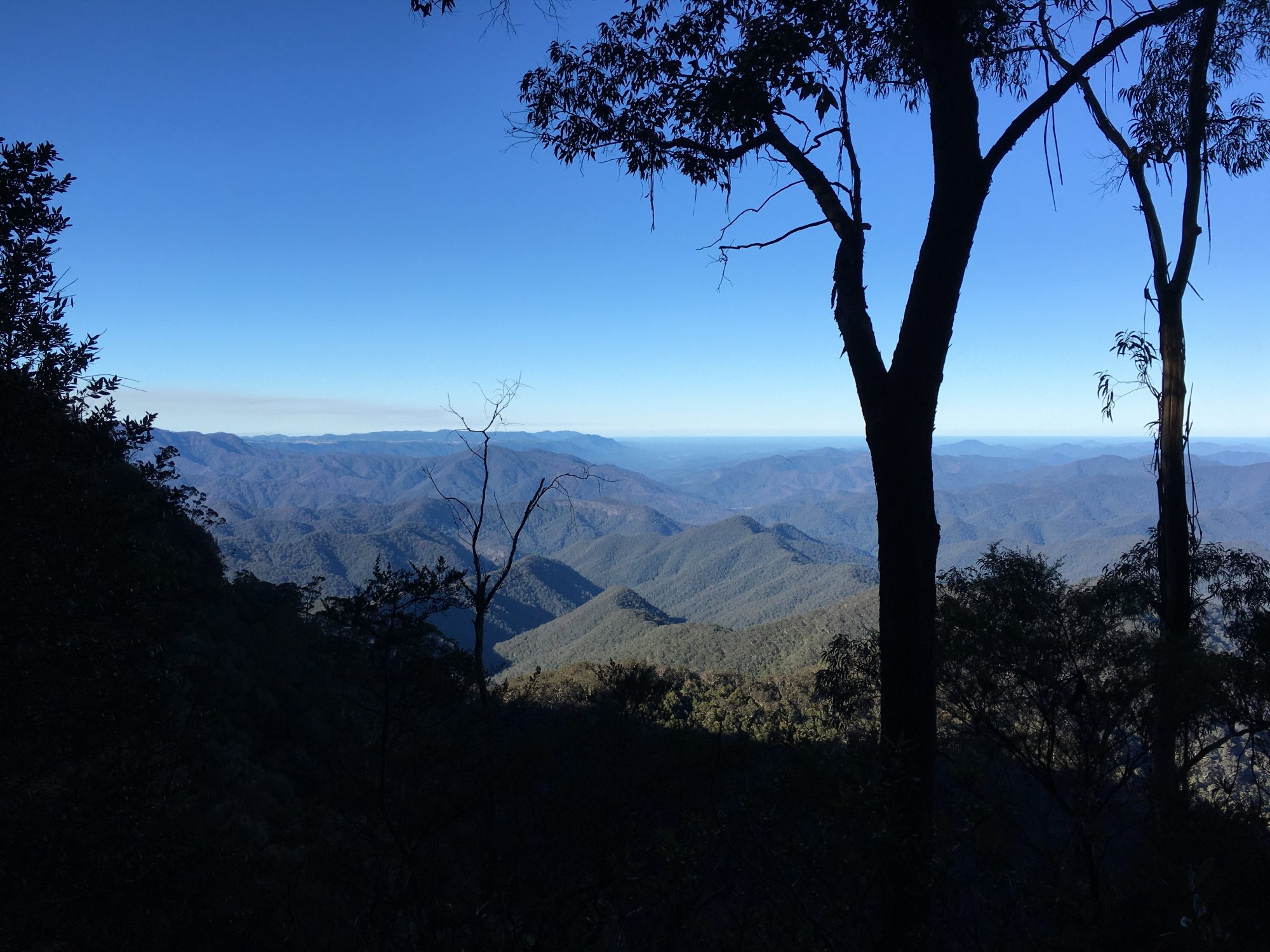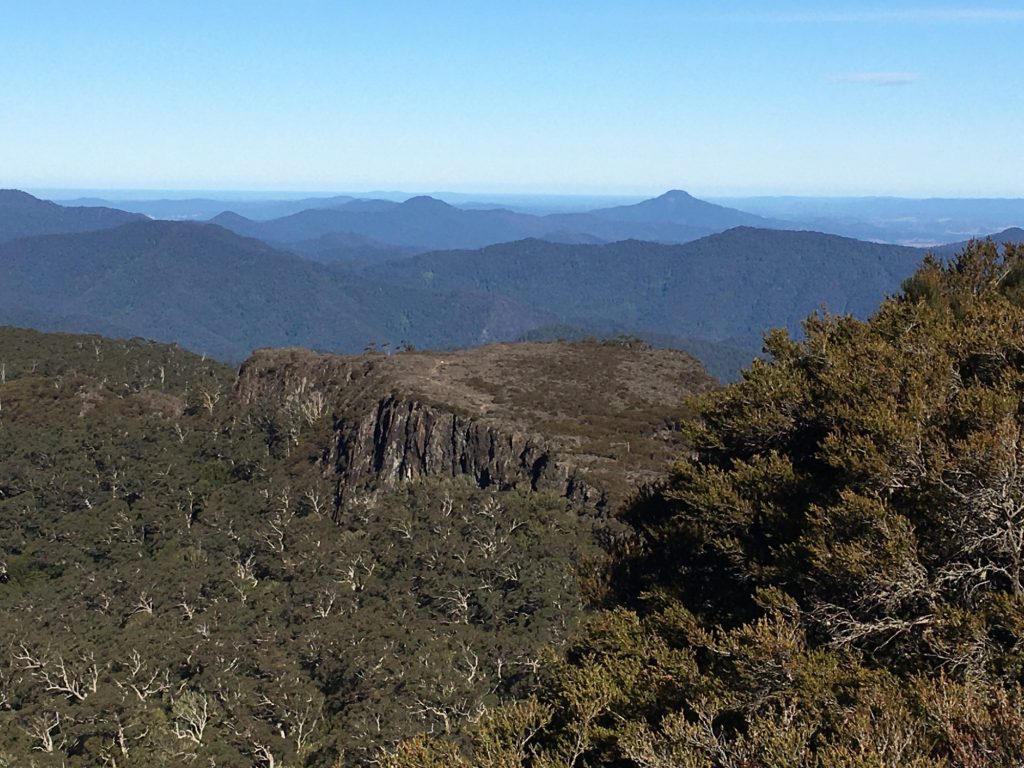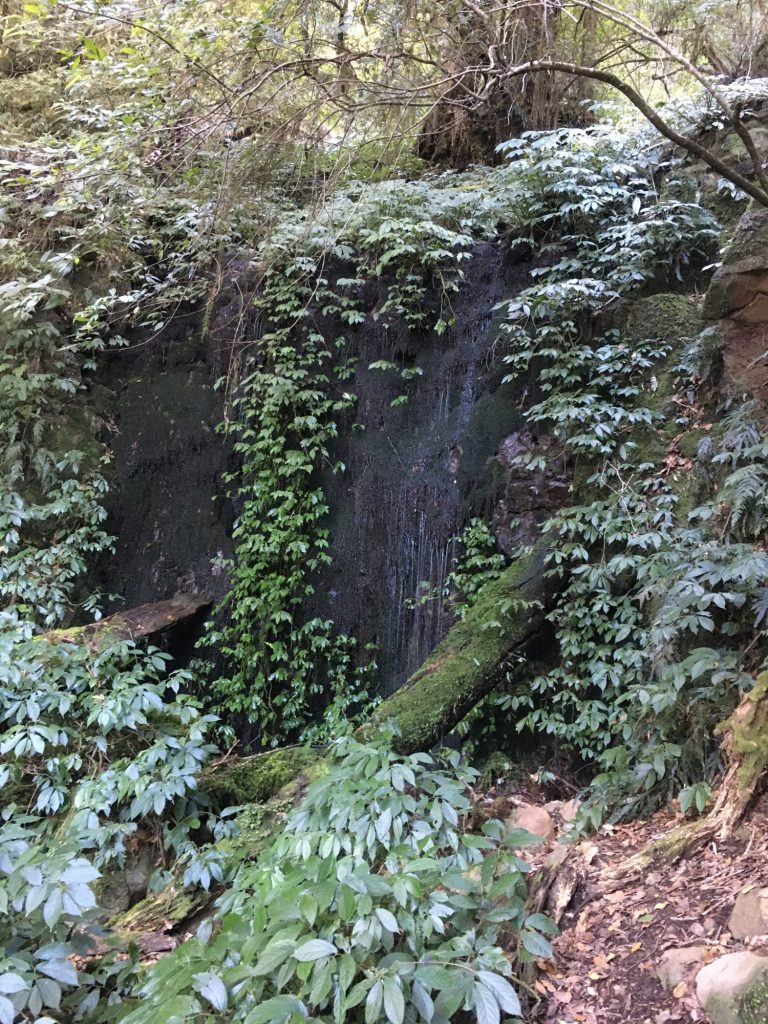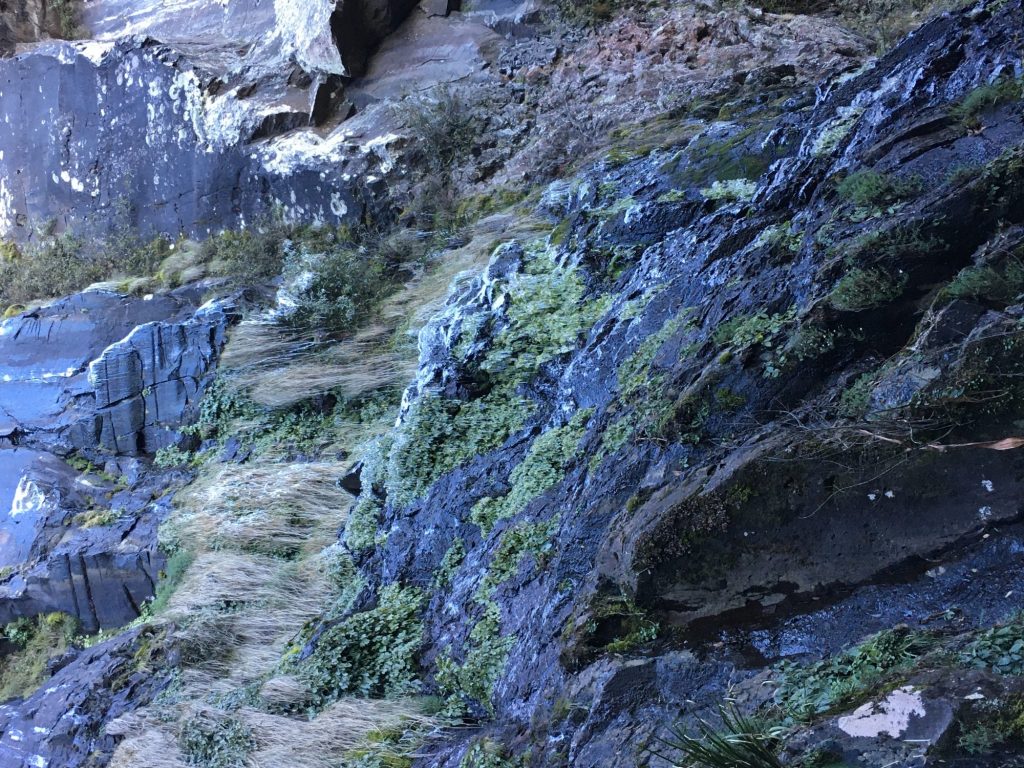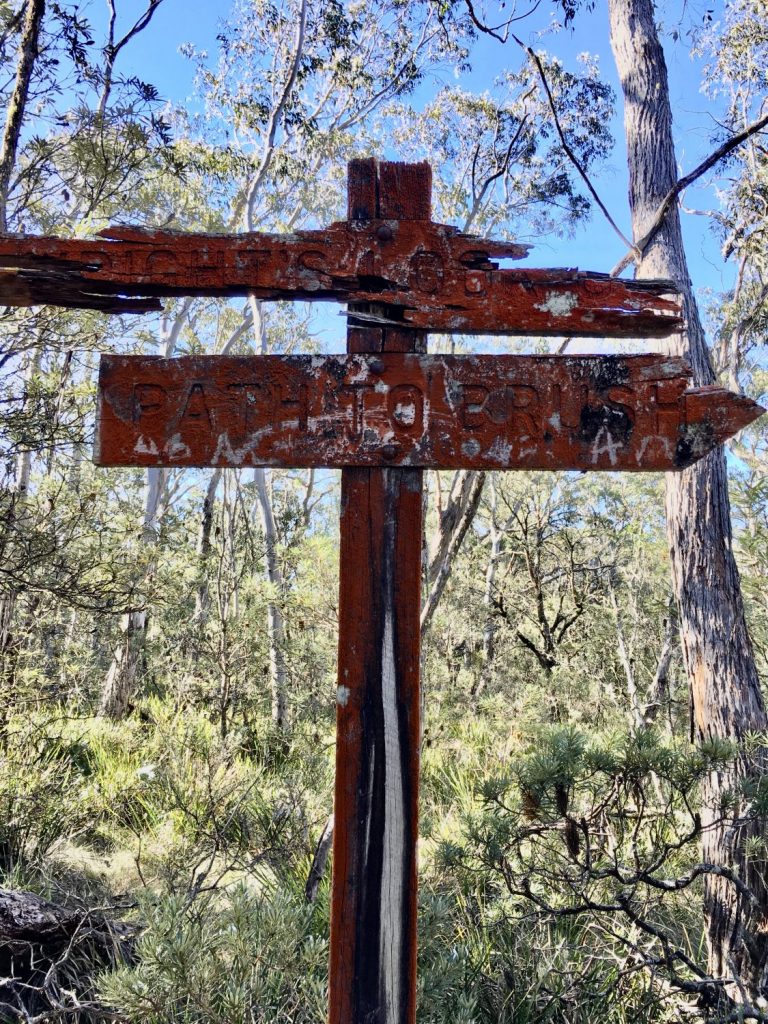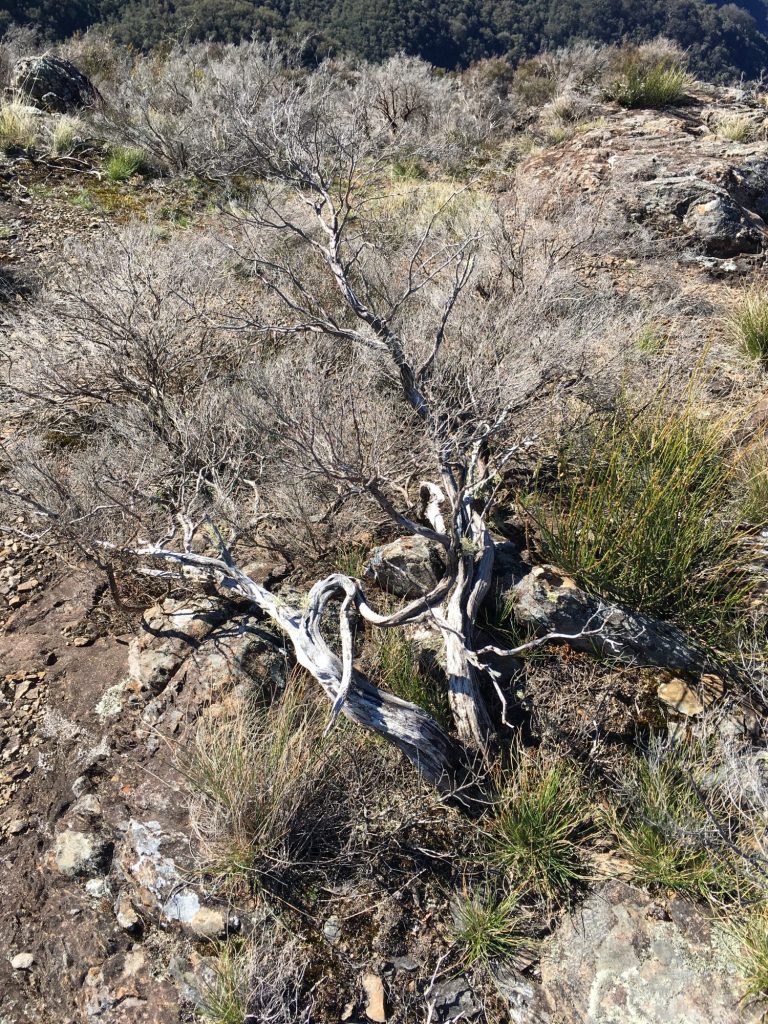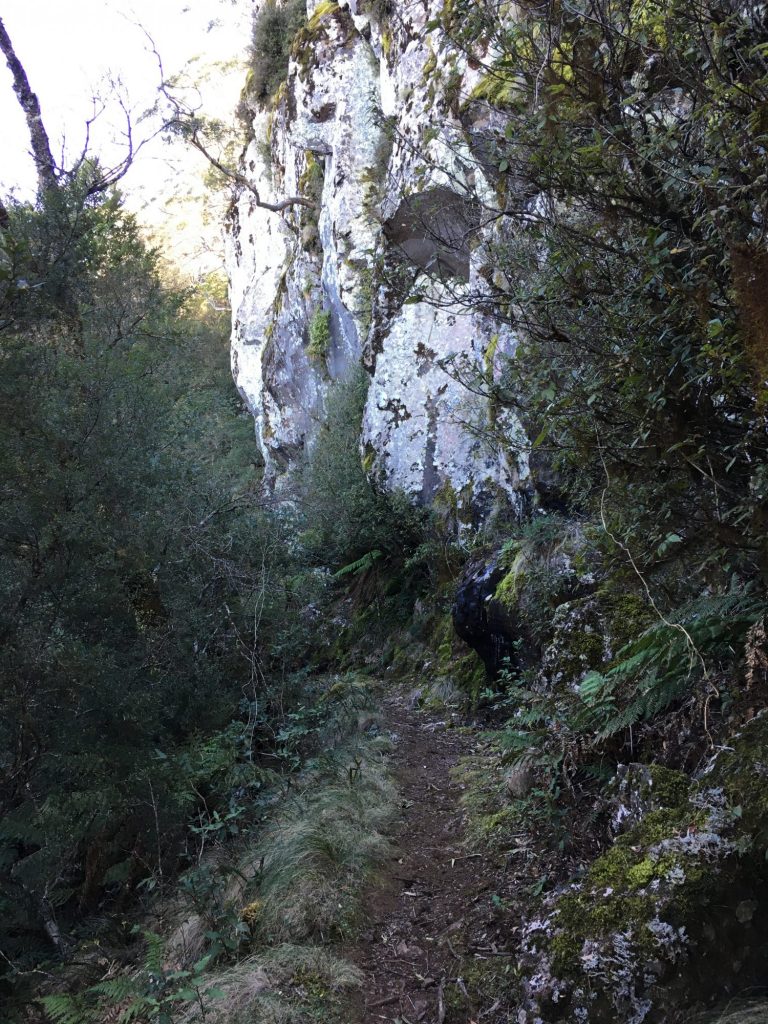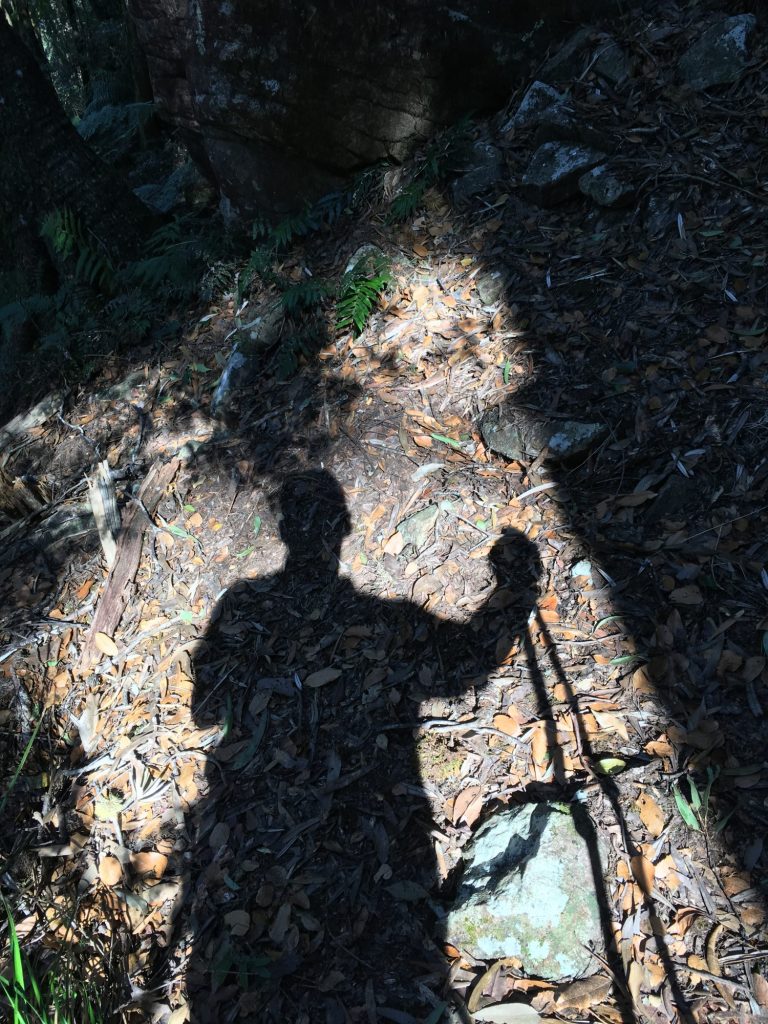Walk Me Through It: New England National Park
Words + images by Glenn Mead
New England National Park is a place of great beauty, sitting on the Great Dividing Range, west of Coffs Harbour. The park boasts spectacular views all the way to the coast and across the wilderness that stretches north and south. As part of the Gondwana Rainforests of Australia World Heritage Area, it offers a rare chance to see Australian rainforest in a pristine state.
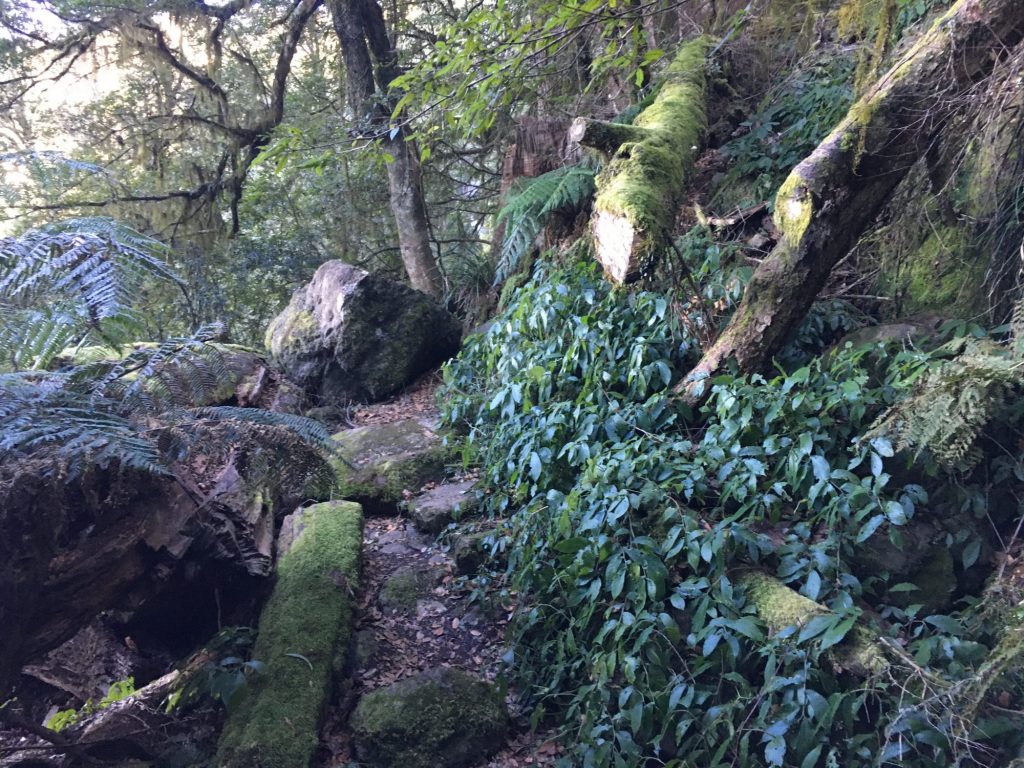
The New England Tableland area is much colder than the coast. Lovers of cold climates will enjoy the many benefits of winter walking. But if chilly doesn’t thrill you, visit this area in spring to enjoy the blossoms and birdlife of the season without the chill factor.
GETTING THERE
It’s a scenic drive from Coffs Harbour, first through Bellingen, then up the windy road to Dorrigo and Ebor. The journey takes a bit over two hours. Allow another hour if starting from Port Macquarie. There are plenty of places to stop along the way, including the fabulous cafes and bakeries in Bellingen. A stop at Ebor Falls is also recommended, the beautiful waterfall just a short stroll from the car park and toilet facilities.
Overnight Camping
After enjoying our drive, we arrive late in the day at Thungutti campground, using the last of the sunlight to set up camp. Our winter visit provides the opportunity to enjoy a campfire and although the mid-winter day has been beautifully clear and warm, the cold sets in as soon as darkness descends. As it can drop well below freezing overnight the warmth of the fire is very welcome.
Thungutti campground is well set up with grassy unpowered camping spots, fireplaces and firewood stacked up and ready. Bookings are required and internet access in the park is very limited, so book in advance. There are multiple camping areas over the New England National Park – check out the choices online.
Walking
After a cold night we warm up over breakfast, enjoying the stunning views from Point Lookout towards the coast. On a clear winter morning you can see all the way from Coffs Harbour to Port Macquarie. In between, the wilderness seems to stretch in all directions. It’s also a great place to start walking as many of the trails begin at Point Lookout.
Walking initially to Eagle’s Nest lookout, we connect onto the Weeping Rock Trail, another wonderful winter experience. The rock face has a steady drip of water but in the depths of winter these are transformed into ice, decorating the trail with icy stalactites hanging from ledges, frozen foliage and icicles all around. With every gust of wind, small ice chunks fall noisily to the ground. Listen out for the creaking groan of the rare sphagnum frog that lives buried in the mossy crevices of the rock.
After Weeping Rock we use the Lyrebird Trail as a connection out to the spectacular Wright’s Lookout for lunch. The views here are even more impressive, unimpeded to the south, east and west, plus a view over the Bellinger River.
The return is via a lovely forest walk with plentiful birdlife, the highlight is a close up of a yellow-tailed black cockatoo foraging in a tree just above us. The day’s walk has been exhilarating, with clear air, amazing views and pristine bushland. Time to get back to camp and get the fire going before another cool, clear night.
What To Take
Make sure to pack for the cold if you are camping. Apart from warm clothing and a waterproof jacket, make sure to bring a winter-grade tent and sleeping bags that are rated to at least minus 5. Even in spring the area gets much colder than the coast, so be prepared. Any good camping store or a National Parks officer can advise you on the best gear to pack.
All the walks are well signposted and formed, at a Grade 3 level. But of course the obvious hazards of walking on wet bush trails apply. If in any doubt, check out the details with the National Parks. Check out Glenn’s other recommended walks in Coastbeat.


